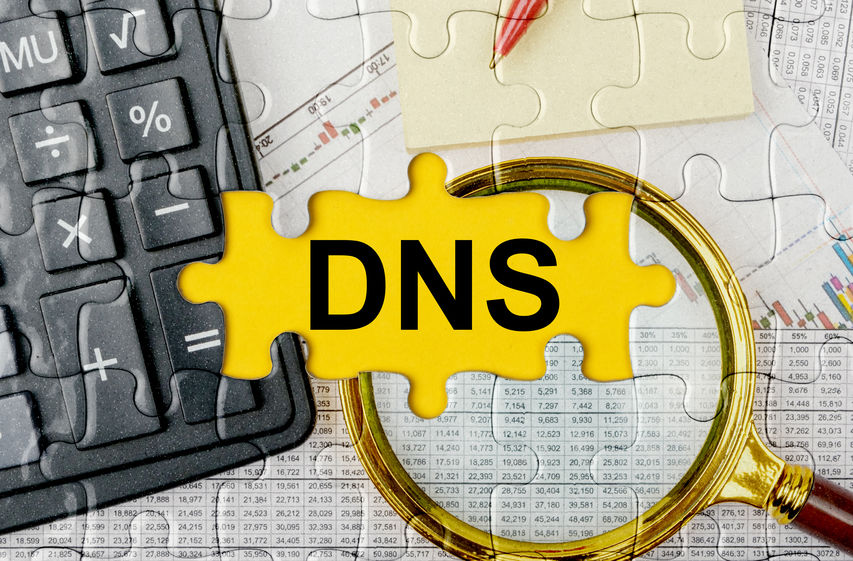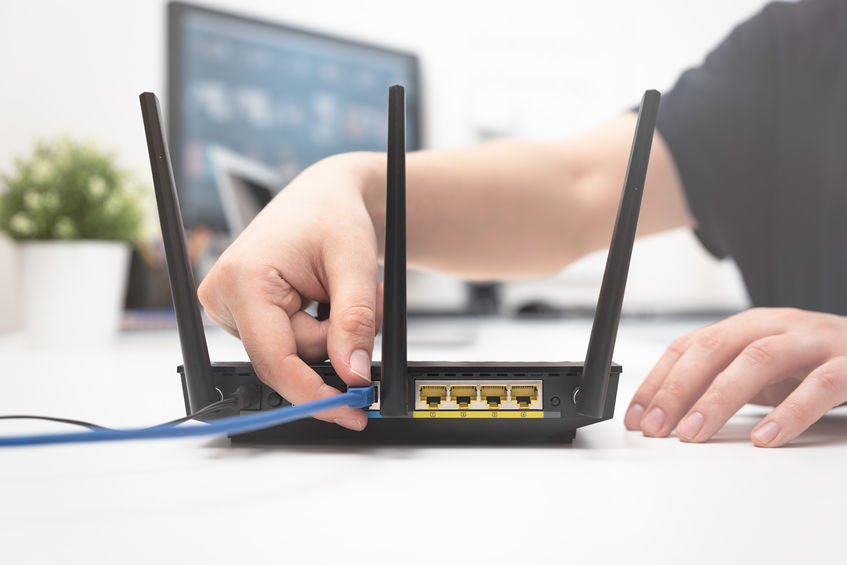To manage a business website is challenging but also exciting. Every step running it drives you to a different corner of the tech world. It can be hard to get involved in every detail, besides the daily business tasks, but honestly, it’s very helpful. Sometimes you get HTTP status codes errors, but don’t get desperate.
What are the HTTP status codes?
Browsers are constantly chatting with servers. Whenever they request a site for a user, communication between them starts. The server’s answer can be positive or negative, and it is expressed via HTTP status code.
Status codes are grouped into five response categories and made by three numbers (4XX). The first one points to the code’s response category, informational (1), successful (2), about redirects (3), or errors coming from the client (4) or server (5) sides.
5 most common HTTP error codes
Status Code: 500
“Internal Server Error” or “There was an error on the server and the request could not be completed”.
It reports that something wrong is happening on the server. And that is stopping the right delivery of the requested resource.
Reasons could be different. Problems with server’ scripting language (PHP), broken connection with the database, or a third-party plugin makes a conflict. You want constant availability for your site, not to lose visitors. If it’s not accessible, fixing the issue is not to be delayed.
500 error can be taken as lack of maintenance, and this can affect your search engines’ optimization.
Status code: 502
502 says “Bad Gateway”. Typically, when a request is made, but it takes for server more time than usual to complete it, the server cancels it. Due to this, the communication with the database gets broken.
Another scenario for 502 to appear is when a server requesting a site gets an invalid answer from another server.
If your website is new, probably your data haven’t been fully propagated yet. It’s only a matter of time before it happens, and 502 will be fixed. Plugins, themes could be the issue too. Sometimes, it’s just needed to refresh the browser or to delete its cache. But it must be checked!
Status Code: 503
503, “Service Unavailable” means that your server is not up. This does not point to a permanent failure but the possibility of a shutdown server due to maintenance, so down just temporary. A server just initializing won’t handle requests until it is fully working to send this error response. A server’s overload is another choice. Since this does not indicate a permanent issue, 503 indicates visitors, other servers, and search engines to try again later.
Status Code: 404
It means the requested resource was “Not Found”. Again, the reasons could be different. The page was deleted already, there is a link out of place not directing properly, or there’s a broken link. Death or broken links are a very common cause of this error. 404 doesn’t inform if the page is just temporary not found or if it’s gone permanently. In any case, checking is a must to determine the issue and fix it.
Status Code: 410
The requested resource is “Gone”. So this code points to a permanent condition. The page is unavailable, and there are no signs of an alternative URL or redirecting to find it.
Check always for possible external broken links in your site. At some moment, you could have added a link to a different site because of its content, but if, it does not exist anymore, your visitors are driven to a gone destination.
When search engines get 410 code, they de-index the resource. If it is a mistake, it will damage your traffic, so check and fix it as fast as possible. A call to your hosting provider could help.
Conclusion
Don’t be upset! HTTP error codes are helpful for diagnosing and fixing problems that you maybe haven’t even realized. Fixing such issues will improve your knowledge and the user’s experience, SEO, and general performance of your site.


